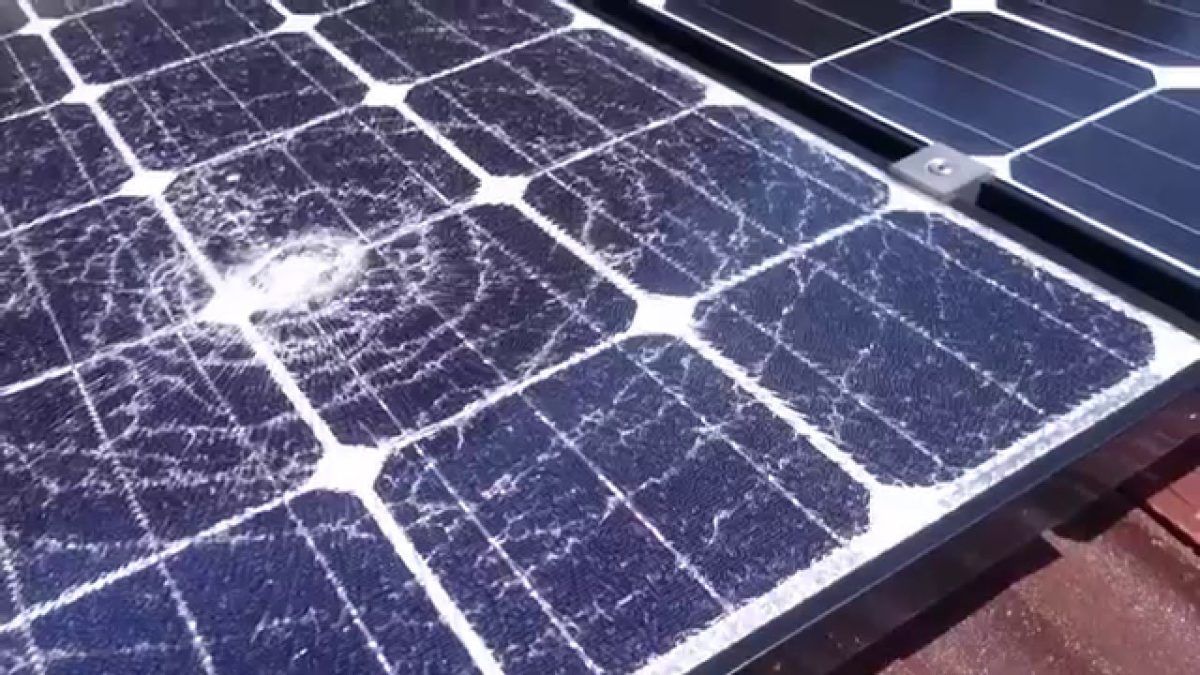Renewable energy projects, especially solar projects, are seeing steep insurance premium cost increases due to industry disruptions caused by extreme weather events, according to an analysis done by Norton Rose Fulbright.
The analysis outlines that the market for property and casualty insurance for solar projects has been hardening over the past 18 months, with premiums increasing by as much as 400% over that timeframe.
Soft markets entail easier underwriting, increased coverage capacity and more preferential terms. Hard markets are defined by stricter underwriting, reduced capacity and generally worse terms. Insurance market are broadly defined by cycles of soft markets followed by hard markets before cycling back.
Outside of increased premiums, the Fulbright report identifies four additional challenges facing the market:
- Higher deductibles – deductibles have shifted to much higher dollar amounts, and are now typically 5% of the total asset value for catastrophic perils. Historically, deductibles were capped at either $10,000 or 2% of the total asset value, with 5% considered as an extreme.
- Some insurers have introduced natural catastrophe sublimits. These are extra limitations in an insurance policy’s coverage for certain losses, such as severe convective storms, hail, tornados and straight-line wind.These sublimits set a maximum to cover a specific loss.
- Most insurers have introduced specifically nuanced policy restrictions, like microcracking exclusions. This means that any cost for microcrack testing falls on the insured, who must demonstrate that more than a certain percentage or number of individual solar modules suffered damage before the policy will respond.
- The market is seeing inconsistency among insurers regarding policy terms, including terms associated with microcracking, sublimits, contingent coverages and deductibles.
What’s causing the cycle?
Traditional insurance holdups for solar projects have centered around long payoff times for earthquake and hurricane damage. While all instances of extreme weather have played their part in the market’s recent hardening, wildfires and hail are playing hold an especially destructive role.
One of the first major solar insurance market disruptions occurred in Texas in 2019, when an especially violent hailstorm in Pecos County damaged more than 400,000 panels at the 178 MW Midway Solar Project.
Market issues were compounded during the 2020 wildfire season, which proved to be an especially bad one for California. Three projects across the state filed significant fire damage claims: two in Rosamond and one in Bakersfield. The Bakersfield project suffered extensive damages and faces an anticipated $25-$28 million in insured losses.
Potential solutions
Some insurers, like Renewable Guard Insurance Brokers, have begun to offer specific hail insurance programs.
Known as parametric insurance, these policies trigger coverage when a measurable hailstorm event occurs which exceeds a threshold. The trigger for coverage and payout is determined by the size of the largest hail that falls on the solar project site.
One advantage provided by such a policy is their fast payout times. Payout times have always been a hindrance of natural disaster insurance for solar projects, even before the catastrophic events that have hardened the market. Renewable Guard claims payment can occur between one week and 10 days, without requiring traditional on-site claims adjustments.
***
Learn more about the dangers that hail can cause to solar projects and how to mitigate risk by registering for the pv magazine webinar: “Can your solar project weather a hailstorm?” Follow this link to register.
This content is protected by copyright and may not be reused. If you want to cooperate with us and would like to reuse some of our content, please contact: editors@pv-magazine.com.









Interesting piece, thanks. Do you think as catastrophe-linked RE insurance products become more mainstream in the market, it will lead to some softening of premiums? What is your view? You mentioned 400% rise in prices have occurred, that is simply unsustainable especially if the RE vs fossil push has to be continued. Trying times indeed!